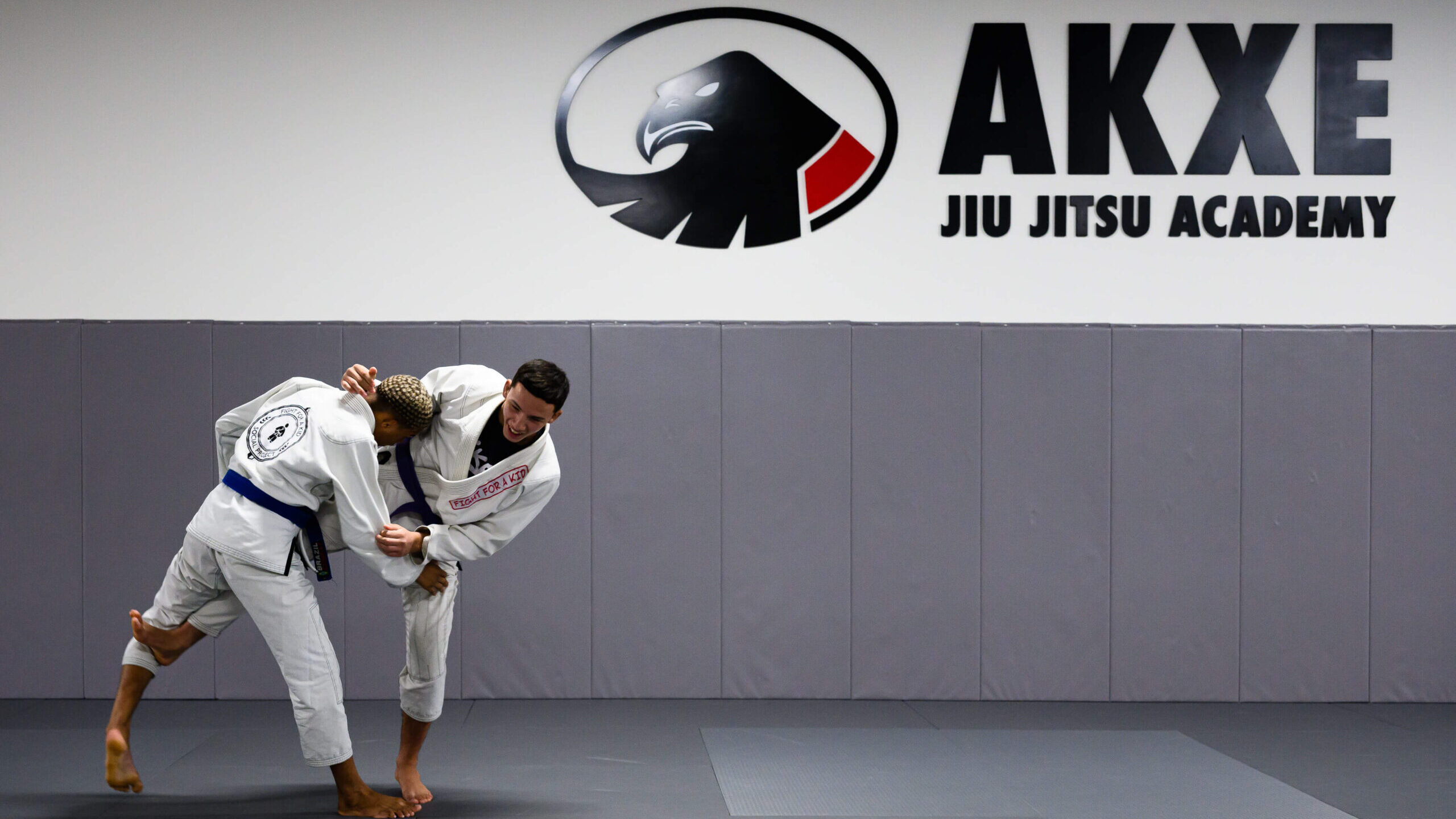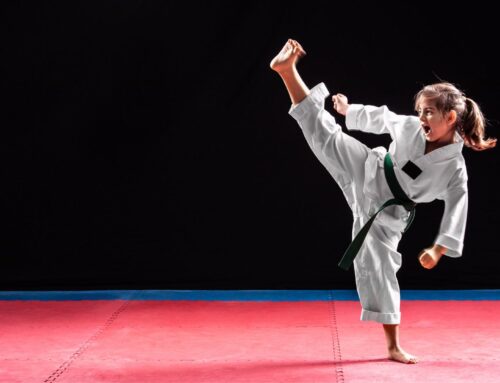Welcome to AKXE academy’s blog, let us show you in this post a breakdown of the BJJ belt progression.

White Belt: This is the starting point for all BJJ practitioners. White belts are beginners who are just starting their journey in BJJ. They learn the basic techniques, positions, and principles of the art.

Blue Belt: After a period of consistent training and demonstrating a solid understanding of fundamental techniques, a practitioner can be awarded a blue belt. Blue belts are considered intermediate level and have a broader understanding of BJJ concepts and strategies.

Purple Belt: Purple belts are more experienced and skilled practitioners. They have a deep knowledge of BJJ techniques, can chain moves together effectively, and are developing their own game and style. Purple belts are often involved in helping teach lower-ranked students.

Brown Belt: Brown belts are advanced practitioners who have a high level of technical knowledge and proficiency in BJJ. They are often sought after for their expertise and may even begin to teach classes at their academy.

Black Belt: Achieving a black belt in BJJ is a significant accomplishment and represents a high level of skill, dedication, and understanding of the art. It typically takes many years of consistent training to reach this level. Black belts are not only skilled in techniques but also have a deep understanding of strategy, timing, and the mental aspects of BJJ.

Coral Belts: Once someone reaches the black belt level, they may continue to advance through the coral belt system, which is indicated by adding coral patches to the black belt. The coral belt system is used to recognize highly experienced black belts who have made significant contributions to the art and their community. Red Belt: Red belts are the highest-ranking belts in BJJ. They are typically reserved for individuals who have made a profound impact on the art of Brazilian Jiu-Jitsu. Red belts are very rare, and promotions to this rank are made by a select few individuals, often with input from other high-ranking black belts.

Coral (Red/Black)

Coral (Red/White)

Red.
Progression through the ranks is determined by a combination of factors, including:
- Technical Skill: Demonstrating a high level of proficiency in executing techniques, both in drilling and live sparring.
- Time on the Mats: Consistent training and mat time is essential for progression. Many schools have minimum time-in-grade requirements for each belt.
- Competition Performance: Success in BJJ competitions can also play a role in belt promotions, especially at higher levels.
- Teaching and Contribution: As practitioners advance, they often contribute to their BJJ community by teaching and mentoring lower-ranked students, which can be considered in promotions.
It’s important to note that the criteria for belt promotions can vary from one school or academy to another, as different instructors may have slightly different approaches to ranking. Ultimately, BJJ rankings are a recognition of an individual’s journey, dedication, and expertise in the martial art.

Visit https://www.akxeacademy.com/sign-up/ or visit us at 28631Canwood St., Suite C, Agoura Hills, CA 91310 for more information on pricing and membership plans.


Leave A Comment